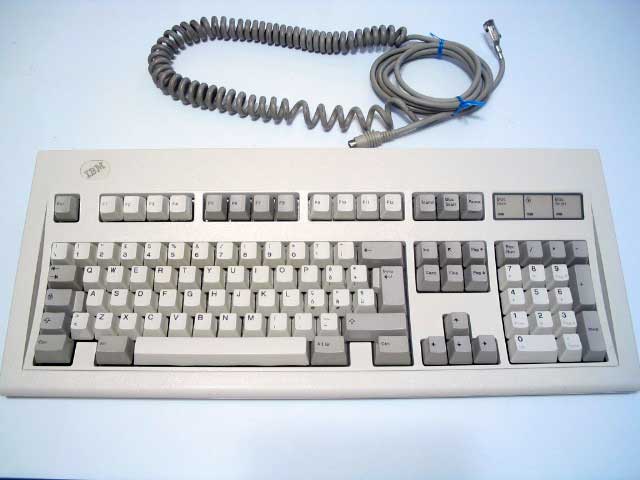I'm a recent convert to higher quality keyboards (Unicomp buckling spring in use at the moment, and a Filco with Cherry Brown switches on the way).
Altough I'm Norwegian I use the Swedish/Finnish-layout since it's almost the same and neither Unicomp or Filco make Norwegian layouts (not 100 % sure about Filco).
Actually, nowadays almost all new (cheap) keyboards sold in Norway are "All in one Scandinavian-style" with characters in different colours on the few keys that differ.
That brings me finally to my question:
Does anyone here know any history of how the different country's QWERTY-layouts came to be?
Also, why does only the US-layout have the small(er) Enter-key?
Thanks in advance for any knowledge on this!


